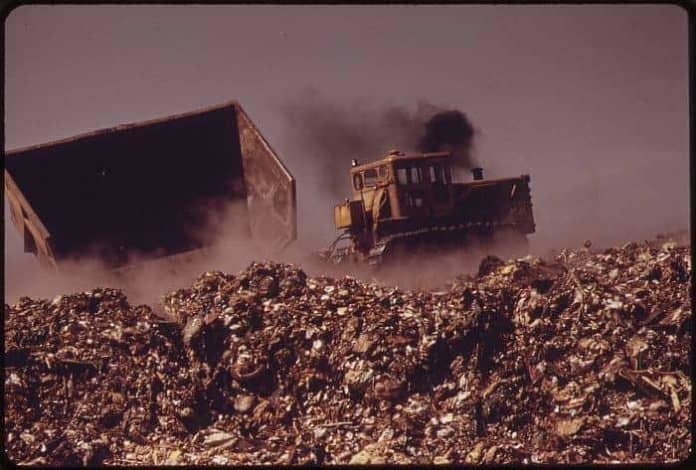
It’s perhaps the most typical of environmental political battles. Congressional leaders from Florida – Republicans and Democrats alike – want $200 million allocated in the federal budget for restoration efforts in the Everglades.
President Donald Trump included about one-third that amount in his proposed budget, though he hinted in a recent trip to south Florida that more money could be coming.
Yet, regardless of how the Washington politics plays out, it’s important that attention is paid to the Everglades and to environmental issues in general, says Clyde Butcher (www.clydebutcher.com), a nature photographer who since the 1980s has helped bring national awareness to the Everglades through stunning black-and-white photographs that have been compared to the works of Ansel Adams. And Butcher says that, while politicians wrangle, it is artists like him who can help give people a greater understanding what would be lost if we fail to conserve and protect the natural wonders around us.
“So many people these days live in cities, or spend time on computers, and they lose touch with nature,” he says. “Through art, we can perhaps inspire them to venture out and gain an appreciation for how important it is.”
Butcher over the years has dared to wade into regions of the Everglades that most people never see. He’s making plans to put his latest photographic exhibit, “America’s Everglades: Through the Lens of Clyde Butcher,” on a national tour. Right now the exhibit is on display through May 26 at the Appleton Museum in Ocala, FL, and in 2020 will be in Youngstown, Ohio.
He says some of the ways artists help bring attention to environmental issues include:
Let people vicariously experience the world’s wonders. Butcher says his large prints make people feel like they are walking right into the scene, which many of them wouldn’t dare do in reality.
“A lot of people don’t want to get wet,” he says. “They don’t want to play with the gators and the snakes.”
Of course, eventually he wants them to experience the real thing.
“You have to get your feet connected to the earth, or to water, to understand it, to feel it,” Butcher says.
Help people understand government’s role. “The government is making the laws, so we need to work with those guys,” Butcher says. One of the early ways he worked with government was when a water management district wanted to display some of his photographs in a new building. The problem: The water district had no money to pay for the photographs. Butcher’s businessman side hesitated at first, but eventually he agreed to provide the photos, feeling that his art could help connect the public to the water district’s mission.
Spread the word. Each time someone is exposed to nature through art they are reminded of the beauty and importance of these environmental treasures. Butcher took that a step further. About 25 years ago, he began offering guided swamp walks through the Everglades at one of his galleries. He says people who are exposed to the habitat may be more likely to want to preserve nature and will influence others.
“I feel my images create an emotion that reaches out to people beyond any political debates,” Butcher says. “That helps them see their surroundings in a different way, and encourages them to save those wild places where peace can fill the soul.”
About Clyde Butcher
Clyde Butcher (www.clydebutcher.com) is an acclaimed nature photographer who is best known for his striking black-and-white images of the Everglades in Florida. But he has photographed the beauty of nature in other locations as well. For more than 50 years, he has been preserving on film the untouched areas of the landscape. Butcher has been honored by the state of Florida with the Artist Hall of Fame Award. Other major awards and honors include the Lifetime Achievement Award from the North American Nature Photography Association; Humanitarian of the Year for 2005 from the International University; the 2011 Distinguished Artist Award from the Florida House in Washington, D.C.; and the Ansel Adams Conservation Award from the Sierra Club.



